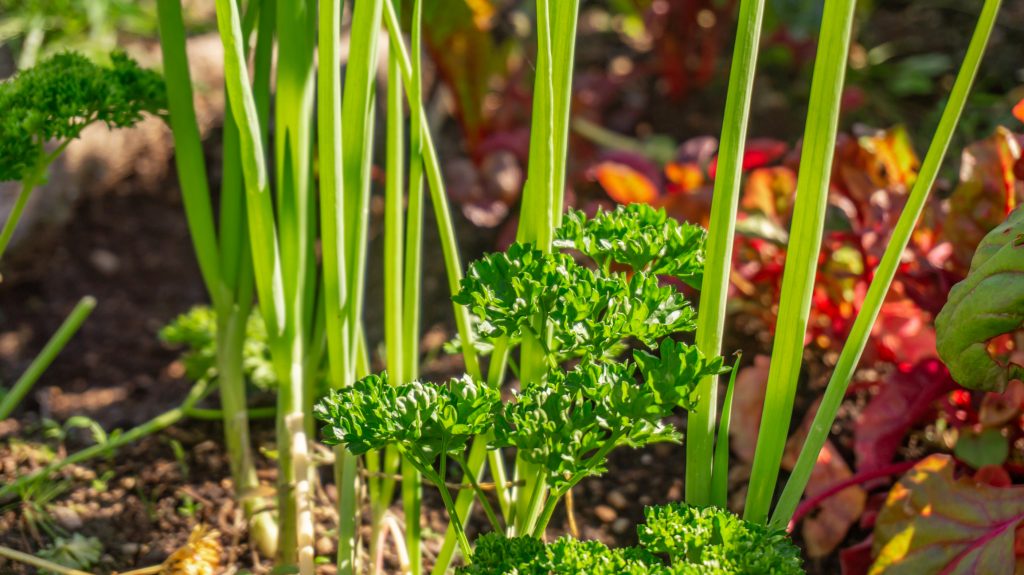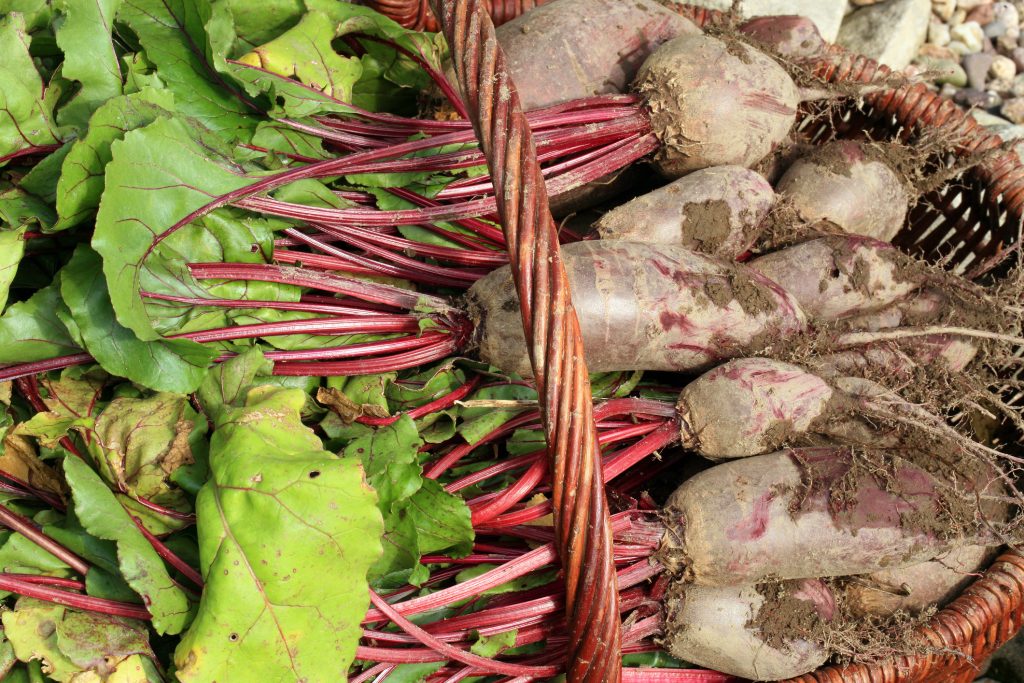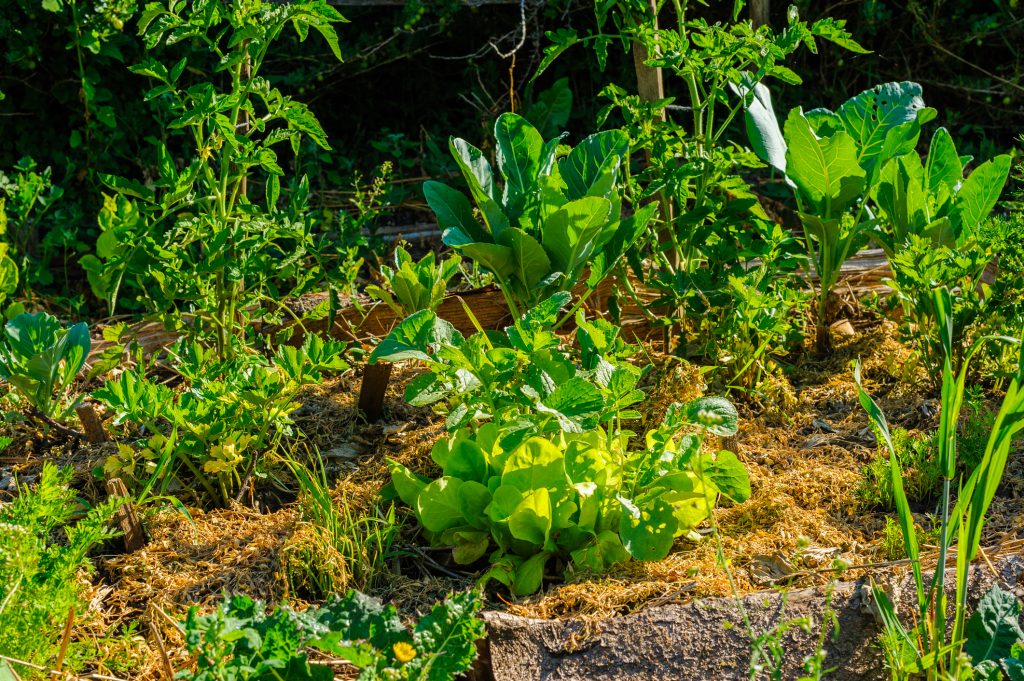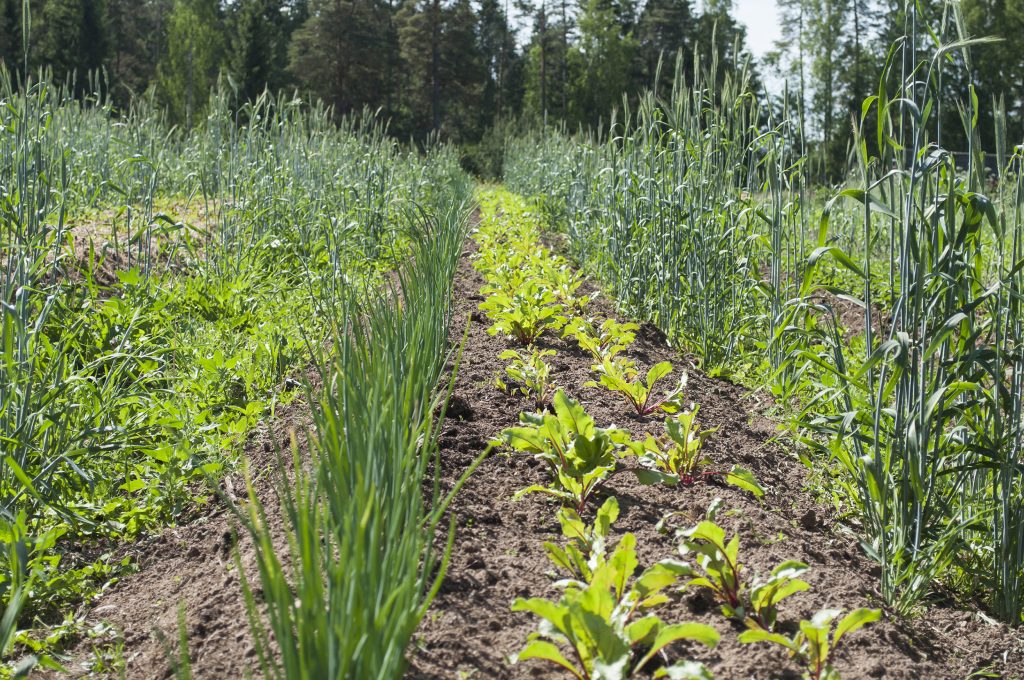If you want to create a sustainable garden or homestead, permaculture is something you’ll want to learn about.
However, there’s so much information available on permaculture that it can be hard to know where to start.
While reading articles and watching YouTube videos can be great, reading a few permaculture books is another way to learn everything that you need to know.
Permaculture books tend to go more in-depth than blog posts and articles. They can cover more complex topics that are difficult to sum up in a few thousand words. So if you really want to dive deep into the world of permaculture, books are a great option.
Here are some of the best permaculture books available today.
What is Permaculture?
Permaculture is a style of land management that attempts to mimic natural ecosystems. Through various principles, permaculture can be used to design more resilient and diverse systems.
Permaculture makes use of a variety of different plants that work in harmony with one another. It’s the antithesis of modern monocrop agriculture where a single crop is grown on the same land for year after year. (If you’re interested, you can learn more about sustainable alternatives to moncrop agriculture with our guide to agroecology.)
While some books we will discuss below cover permaculture as a whole, others focus more on a single permaculture topic. For example, how to deal with pests in a permaculture setting.
Don’t have time for a full book right now? How To Start A Permaculture Garden: Step By Step Beginner’s Guide provides a great overview of permaculture and only takes about 10 minutes to read!
1. “An Introduction to Permaculture” by Bill Mollison
Bill Mollison is a researcher and biologist who first developed the concept of permaculture. So it makes sense to start by going straight to the source and learn about permaculture from the person who developed it.
“An Introduction to Permaculture” provides a great overview of what permaculture is all about and the main principles associated with it. It makes use of simple language and lots of illustrations so even a beginner can understand.

2. “Permaculture: A Designer’s Manual” by Bill Mollison
If you already know the basics of permaculture, then “An Introduction to Permaculture” may be a bit too surface-level for you. In that case, you may want to jump right into “Permaculture: A Designer’s Manual.”
This is actually Bill Mollison’s first book on the subject of permaculture, written in 1988. It is a bit more complex and goes more in-depth than the introductory book does. While it is technically out of print, it’s still relatively easy to find used copies. (And your local library may have it as well.)
People who are into permaculture often refer to it as the “big black book” or even “the permaculture bible.” It covers everything from the philosophy and ethics of permaculture to actual design concepts.
You’ll learn about climate factors, water, soil, earthworks, trees, aquaculture and more. You’ll never look at a tree the same way again after reading this book.
If you could only choose one book on this list to read, this is the one that we most highly recommend.
3. “Permaculture: Principles & Pathways Beyond Sustainability” by David Holmgren
Along with Bill Mollison, David Holmgren is considered one of the founders of permaculture. As a pioneer in the space, he’s naturally someone that you want to listen to.
This book takes the concepts from Mollison’s book and expands upon them with 25 years of additional thinking and experience with permaculture design principles.
Be warned: This one takes a more technical and science-based approach to permaculture, so it reads more like a textbook than an introductory material on the subject.
It also expands upon some permaculture topics and examines them from a community level.
4. “The Earth Care Manual” by Patrick Whitefield
While David Holmgren and Bill Mollison were the primary voices who started the permaculture movement in North America, Patrick Whitefield is regarded as one of the main permaculture pioneers in Europe.
This book is specifically tailored toward permaculture activities in the UK or similar temperate climates. So if you live in Britain, we think this book is probably worth picking up over the works of Holmgren or Mollison.
This book provides you with practical steps that you can take toward a more sustainable lifestyle. It is applicable to any size of land, from small urban plots up to larger rural farms.

5. “Earth User’s Guide to Permaculture” by Rosemary Barrow
The authors we’ve discussed above tend to take an academic approach to permaculture, which can make their writing more difficult to digest. If you’re looking for something more straightforward and practical, this book by Rosemary Barrow is a great alternative.
“Earth User’s Guide” is a great way for beginners to become familiar with the ideas of seed saving, managing pests, weeds and wildlife in a non-destructive way, information about water usage and more.
6. “Mycelium Running: How Mushrooms Can Help Save the World” by Paul Stamets
As you’d expect, here at GroCycle we are obsessed with everything to do with mushrooms. So a list of our best permaculture books wouldn’t be complete without tying fungi into the process.
Paul Stamets is one of the world’s leading mycologists (mushroom scientists). In “Mycelium Running” he explains all kinds of groundbreaking research on how mushrooms can benefit a permaculture farm and the environment as a whole.
If you’re interested in learning how fungi can help increase yields in your garden or on the farm, this book is worth checking out. You’ll learn a whole range of things that mushrooms can do that you never would have expected, from controlling insect populations to reducing water runoff.
And if you’re looking for books focused on growing mushrooms our guide to the top 10 mushroom growing books will help you choose a book that meet’s your needs.
7. “Rainwater Harvesting for Drylands and Beyond” by Brad Lancaster
“Rainwater Harvesting” focuses on a smaller piece of the overall concept of permaculture.
If you live in an arid climate that doesn’t get much rainfall, then we think this book is a must-have. You’ll learn about the scientific side of the hydrological cycle and watersheds. Plus you’ll learn practical skills like how to determine your site’s rainfall volume and estimate your water needs.
The book goes over a variety of rainwater harvesting techniques and at least one of them will be applicable to your situation.
Even if you live in an area that gets lots of rainfall, we think this book is still worth checking out. More and more municipalities are putting limits on when you can water your crops, particularly during droughts. By taking control of your own water harvesting, you create a more robust and abundant system on your land.
8. “Permaculture Design: A Step-by-step Guide” by Aranya
If you’re a visual learner, you’ll probably get the most benefit out of this book compared to others on the list.
It’s filled with full-color diagrams and also contains worksheets that can be used to practically develop your own permaculture plans.
However it also contains a good balance of philosophy and principles of permaculture as well, so you know what to do and also why you’re doing it.
9. “The Permaculture City” by Toby Hemenway
Not everybody with an interest in permaculture has a homestead with acres of land to use. “The Permaculture City” by Toby Hemenway presents permaculture in a way that even those who live in an urban or suburban way can make use of it.
In this book you’ll learn how to design an urban home garden. From there it works up to strategies for creating community gardens and how to create a green city. It makes use of various techniques to save water, create sustainable energy and even create real wealth and livelihood through permaculture.

10. “Edible Forest Gardens” by Dave Jacke
“Edible Forest Gardens” is a two-volume work that explains how to apply forest ecology concepts to the garden.
Volume I explains basic ecology principles that apply to a forest and what a forest garden is.
In Volume II, Jacke provides more concrete and practical explanations on how to create your own edible forest garden. You’ll learn the whole process from design to creating your forest garden and how to maintain it once it has been created.
The book also goes over several case studies to show real-world examples of edible forest gardens in action.
See our article How To Create A Permaculture Food Forest, Forest Garden or Forest Farm to see if a forest garden is something you’d be interested in.
11. “Folks, This Ain’t Normal” by Joel Salatin
In this book, farmer Joel Salatin explains how people have gone from living in a close relationship with the land to our modern-day situation where we’re totally disconnected from where our food comes from.
It contains a good balance of philosophical ideas along with practical solutions for how we can change our lives to be healthier and create a better world. If you enjoy watching environmental documentaries on Netflix like Cowspiracy and Sustainable, then we think you’ll love this book.
Final Thoughts
The concept of permaculture has been around for over 30 years now. Since then, hundreds of books have been written on the topic. But we still think that the original books on this topic are some of the best. Many modern permaculture books are just re-explaining and expanding upon the original principles of permaculture.
That’s why our book list is heavily skewed toward the pioneers of permaculture like David Holmgren, Bill Mollison and Patrick Whitefield.
If you haven’t read any previous books on permaculture, we think these authors are a great way to introduce yourself to the overall topic, whether you’re looking to create a permaculture farm, garden, orchard, backyard or even an entire homestead.
Then you can start looking for books on more specific elements of permaculture to get deeper into what interests you the most. Once you feel ready to take the next steps, visit our guide to online permaculture design courses.
